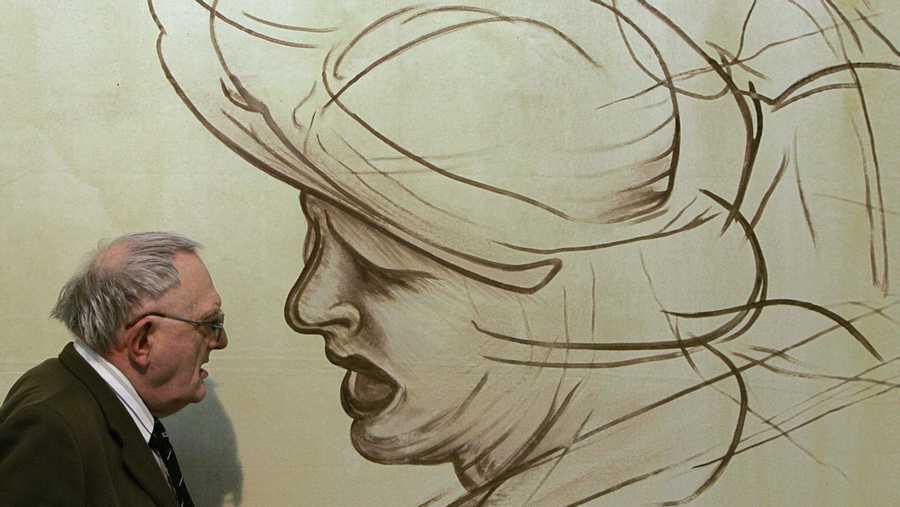Drawing
- Drawing is an act of being present in the moment.
- Drawing is an act of capturing and connecting - it is evidence of what happened on the page at any particular moment.
- Drawing is an act of expression. Every line in a drawing can have an expressive quality.
152
742 reads
CURATED FROM
IDEAS CURATED BY
The idea is part of this collection:
Learn more about problemsolving with this collection
How to handle and learn from mistakes
The benefits of psychological safety in a workplace
The importance of empathy and active listening
Related collections
Similar ideas to Drawing
Mindfulness And Simple Knowing
Mindfulness is the act of being aware of our present experience in real-time.
Normally people start processing inside their minds what they experience, creating perceptions. At its core, mindfulness puts our attention towards the present moment, with kindness, empathy and interest...
Drawing is a Natural Process
For centuries, schools have established the normal, natural process of drawing as an art, like painting. Drawing as a creative process is forgotten and distorted beyond recognition.
People see it as a professional skill, whereas it is about freedom, creativity and a way to observe and learn...
Unexpected Endings: Be Aware, And Let Go
- We all have a past that may have moments of anger, sadness, frustration, regret and other painful emotions, but we can either delve into it and feel bad, or can watch it closely, being aware of the same, and learn to let go of it, living in the present moment instead.
- We are not vi...
Read & Learn
20x Faster
without
deepstash
with
deepstash
with
deepstash
Personalized microlearning
—
100+ Learning Journeys
—
Access to 200,000+ ideas
—
Access to the mobile app
—
Unlimited idea saving
—
—
Unlimited history
—
—
Unlimited listening to ideas
—
—
Downloading & offline access
—
—
Supercharge your mind with one idea per day
Enter your email and spend 1 minute every day to learn something new.
I agree to receive email updates


